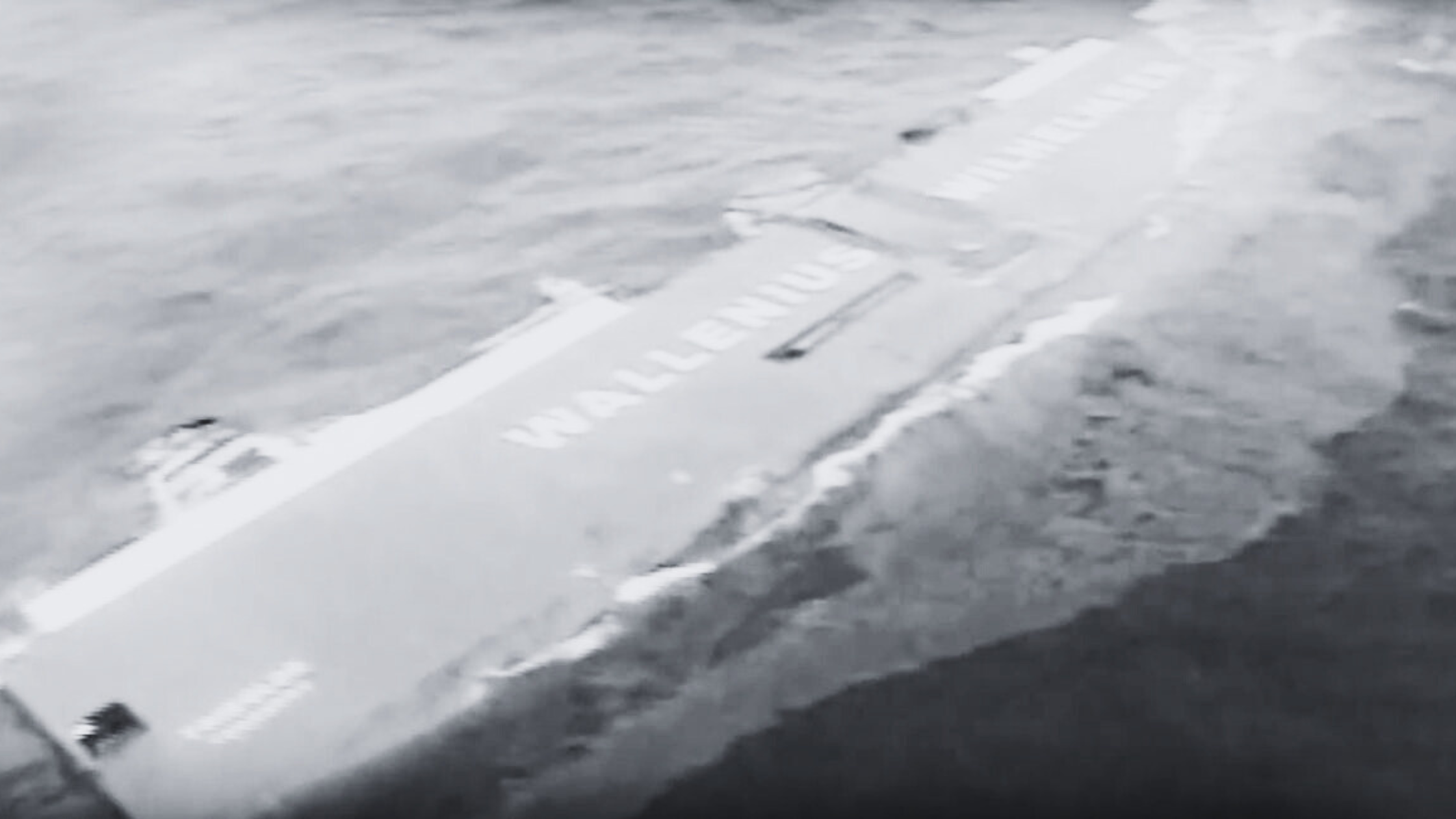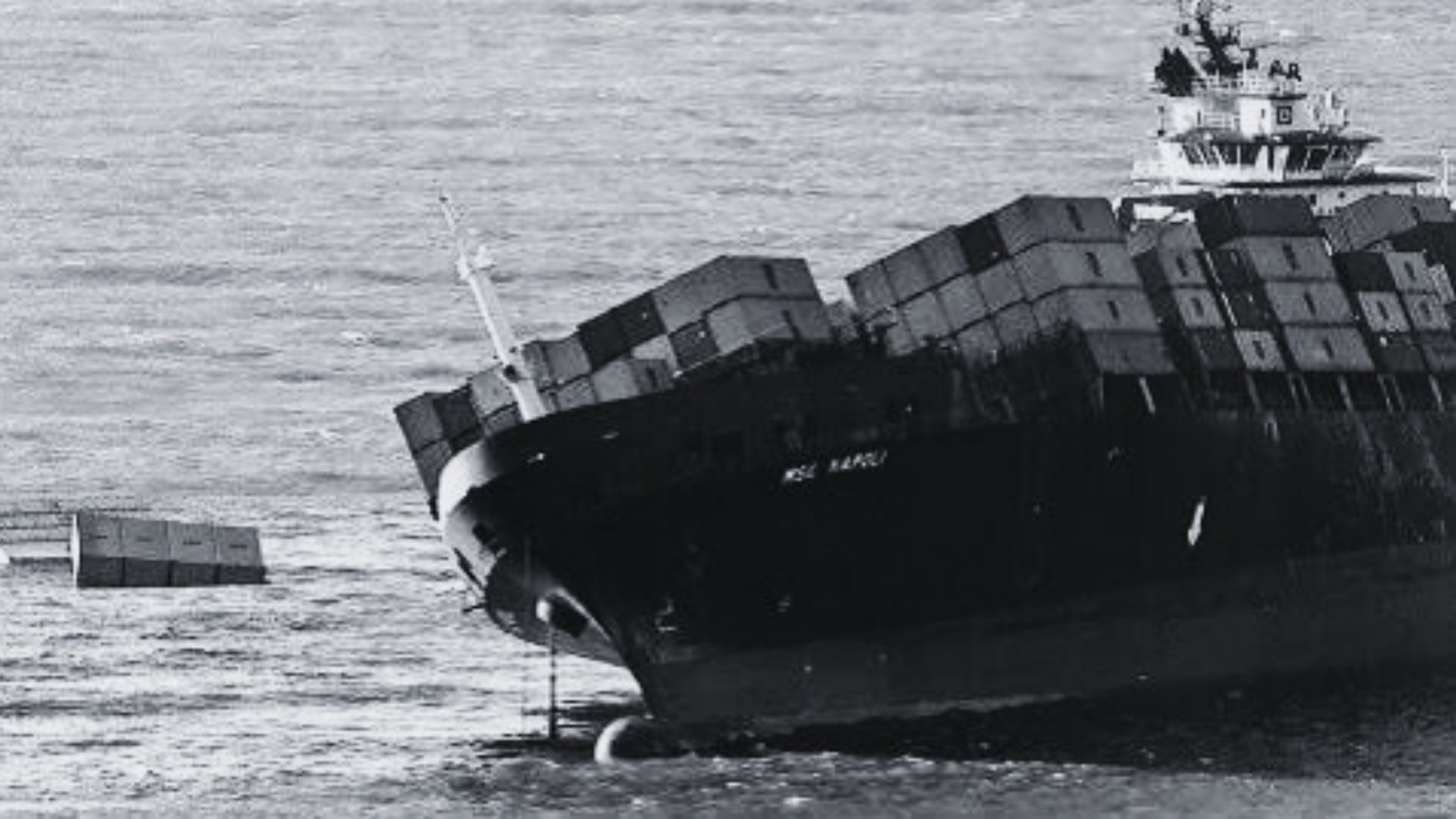Mastering Ship Stability! Understanding Probabilistic Method of Damage Stability Assessment

The probabilistic method of determining damage stability is a concept adopted by the Maritime Safety Committee of the International Maritime Organization (IMO) in 2006. This method introduces comprehensive amendments to Chapter II-1 of the SOLAS Convention, specifically regarding subdivision and damage stability requirements for ships. It differs from the previously used "deterministic" method.
The objective of both the deterministic and probabilistic methods is to ensure that ships are efficiently subdivided based on the nature of their service. The degree of subdivision varies with the subdivision length of the ship and the type of service it is intended for, with a focus on providing the highest degree of subdivision for ships primarily engaged in passenger carriage.
Here are the key points regarding the probabilistic method of damage stability assessment:
Attained Subdivision Index 'A': The Attained Subdivision Index 'A' is a crucial factor calculated based on specific formulas provided in Regulation 7, 7-1, and 7-2 of Chapter II-1. This index considers the probability that one or more compartments on the ship may be flooded and also accounts for the probability of survival after the flooding of the said compartment(s). The 'A' value reflects the actual or achieved subdivision index for the ship.
Required Subdivision Index 'R': The Required Subdivision Index 'R' is another key parameter calculated using formulas from Regulation 6. It is a function of the ship's subdivision length and the number of persons on board, especially in the case of passenger ships. The 'R' value represents the minimum subdivision index required to meet the regulatory standards.
Comparing 'A' and 'R': The essential comparison in the probabilistic method lies in evaluating 'A' and 'R'. For a ship to comply with the regulations, the Attained Subdivision Index 'A' must be greater than or equal to the Required Subdivision Index 'R'. In other words, the actual achieved subdivision should meet or exceed the minimum subdivision required by regulations.
Deterministic Regulations: In contrast, deterministic regulations focused on passenger ships and were based on assumptions regarding damage and flooding of specific compartments or groups of compartments according to the ship's factor of subdivision. This factor took into account parameters such as the ship's subdivision length and the number of passengers on board. The deterministic method aimed to determine the maximum permissible length of a compartment between two adjacent bulkheads to ensure the ship remained afloat and stable.
It is important to note that the subdivision length of a ship refers to the greatest projected molded length of the part of the ship at or below the deck that limits the vertical extent of flooding. The deepest subdivision draft is typically the Summer Load draft of the ship, but it can be loaded to deeper drafts, such as Tropical, Timber, etc., based on operational requirements.
Overall, the probabilistic method provides a more advanced and nuanced approach to assess damage stability, taking into account probabilities and survivability factors, thereby enhancing the safety standards for ships.
In rough seas, a stable ship is a sailor's best friend
William Arthur Ward
Hypothetical Case Studies For Better Understanding
Case Study 1: Passenger Cruise Ship Vessel
Name: Ocean Star
Description: Ocean Star is a large passenger cruise ship designed to accommodate 2,500 passengers and 1,200 crew members. The ship's subdivision length is 180 meters, and it operates primarily in tropical regions.
Probabilistic Assessment: Attained Subdivision Index 'A': Based on comprehensive probabilistic calculations, the Attained Subdivision Index 'A' for Ocean Star is determined to be 0.95. This index considers the probability of flooding in various compartments and the probability of survival after flooding.
Required Subdivision Index 'R': The Required Subdivision Index 'R' for Ocean Star, considering its subdivision length and passenger capacity, is calculated to be 0.90. This value represents the minimum subdivision index required to meet regulatory standards.
Result and Conclusion: Since 'A' (0.95) is greater than 'R' (0.90), Ocean Star exceeds the minimum requirements for damage stability as per the probabilistic method. The ship is considered safe and compliant with the applicable regulations.
Case Study 2: Bulk Carrier Vessel
Name: Steel Phoenix
Description: Steel Phoenix is a bulk carrier with a length of 260 meters, designed to transport various dry bulk cargoes worldwide. The ship's subdivision length and operation primarily in temperate regions.
Probabilistic Assessment: Attained Subdivision Index 'A': After conducting probabilistic calculations, the Attained Subdivision Index 'A' for Steel Phoenix is determined to be 0.85. This index accounts for the likelihood of compartment flooding and the probability of survival after flooding.
Required Subdivision Index 'R': Based on the ship's subdivision length and cargo-carrying capacity, the Required Subdivision Index 'R' is calculated to be 0.80, representing the minimum required index.
Result and Conclusion: The Attained Subdivision Index 'A' (0.85) is greater than the Required Subdivision Index 'R' (0.80), indicating that Steel Phoenix meets the regulatory standards for damage stability according to the probabilistic method.
Case Study 3: Container Ship Vessel
Name: Evergreen Pearl
Description: Evergreen Pearl is a large container ship with a length of 300 meters, designed to carry containers across major shipping routes. The ship's subdivision length and operation are in both tropical and temperate regions.
Probabilistic Assessment: Attained Subdivision Index 'A': Following thorough probabilistic calculations, the Attained Subdivision Index 'A' for Evergreen Pearl is determined to be 0.88. This index reflects the probability of flooding and the likelihood of survival after flooding in different compartments.
Required Subdivision Index 'R': Based on the ship's characteristics, the Required Subdivision Index 'R' is calculated to be 0.82, representing the minimum index required by regulations.
Result and Conclusion: Evergreen Pearl's Attained Subdivision Index 'A' (0.88) surpasses the Required Subdivision Index 'R' (0.82), indicating that the ship meets the damage stability requirements as per the probabilistic method.
A gentle reminder once again: The case studies above are entirely hypothetical and for illustrative purposes only. The actual assessments and indices for real ships will involve more complex calculations and data specific to each vessel.
Stability is the compass that guides a ship through the darkest of nights
The significance of the Probabilistic method of damage stability assessment lies in its ability to provide a more comprehensive and realistic evaluation of a ship's survivability in the event of damage or flooding. Unlike the traditional deterministic method, which assumes a single worst-case scenario, the probabilistic method takes into account a wide range of possible damage scenarios and their associated probabilities. This leads to more accurate and tailored safety measures, ensuring ships are safer and better equipped to handle unexpected situations.
Some Real Case Studies
MV Costa Concordia (2012)

The sinking of the Costa Concordia cruise ship off the coast of Italy in 2012 is one of the most infamous maritime disasters. The ship struck a rock, causing significant damage to its hull and leading to flooding in several compartments. The deterministic approach to damage stability had underestimated the potential consequences of the damage, leading to inadequate safety measures.
Significance: The Costa Concordia disaster highlighted the importance of the probabilistic method for damage stability assessment. Had the probabilistic approach been utilized, it would have taken into account various potential damage scenarios, probabilities of flooding, and survival rates. This could have resulted in improved damage control procedures, evacuation plans, and potentially prevented the loss of lives and environmental impact.
MV Tricolor (2002)

The MV Tricolor was a car carrier ship that sank in the English Channel following a collision with another vessel. The damage caused by the collision led to rapid flooding, causing the ship to capsize and sink. The traditional deterministic approach did not adequately assess the potential consequences of the collision, leading to a lack of appropriate safety measures.
Significance: The MV Tricolor incident emphasized the need for a more sophisticated and probabilistic approach to damage stability assessment. A probabilistic analysis would have considered various collision scenarios and their probabilities, allowing for better damage control measures and evacuation plans to minimize the consequences of such accidents.
MV MSC Napoli (2007)

The MV MSC Napoli, a container ship, experienced flooding and structural failure after encountering severe weather conditions in the English Channel. The ship's damage stability was compromised, leading to partial sinking and the subsequent beaching of the vessel to prevent complete loss.
Significance: The MSC Napoli incident underscored the importance of the probabilistic method in assessing damage stability for various ship types, including container ships. A probabilistic analysis could have considered the probability of encountering severe weather conditions and the resulting structural damage, enabling better decision-making and preparedness to mitigate the impact of such incidents.
these real case studies demonstrate the significance of the probabilistic method of damage stability assessment in ensuring maritime safety. By accounting for a range of potential damage scenarios and their probabilities, this approach leads to better-informed decisions, improved safety measures, and enhanced ship survivability in critical situations.
It helps the maritime industry move toward more accurate and effective methods of assessing damage stability and ensuring the safety of passengers, crew, and the environment.
Further Reading
Stability is the anchor that keeps a ship grounded even in the wildest of seas
Happy Learning & Happy Sailing!
Think Family, Safety First!